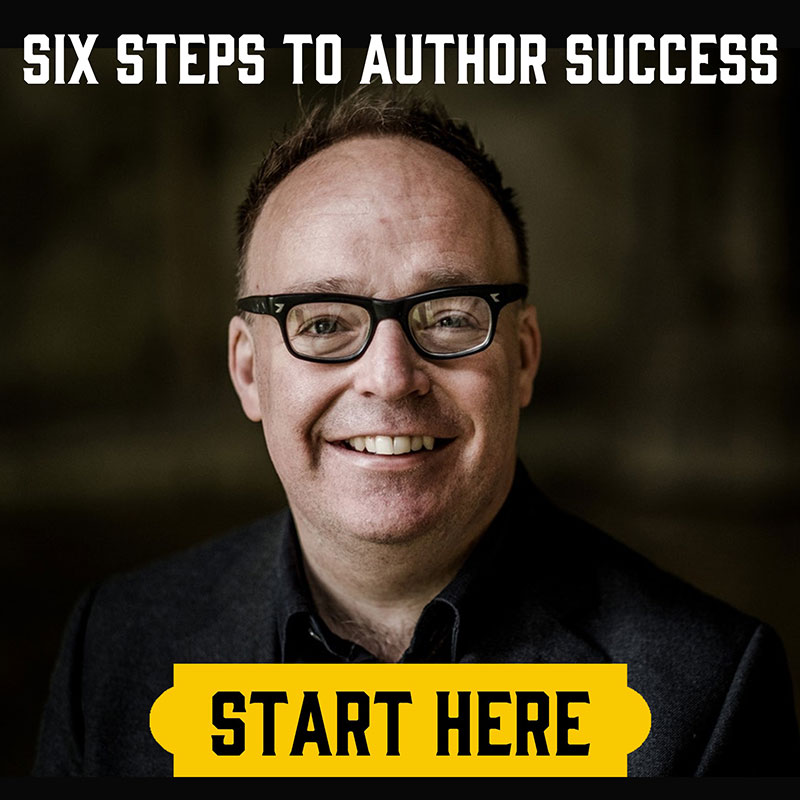How to Write About Sensitive Topics

“Write what you know.”
That was once considered standard advice in creative writing classes and writers’ circles. But with so many authors and publishing staff sharing a similar background for decades, this advice has proven problematic for the industry. It has caused a lack of diversity that publishers and authors are now working to correct. Self-publishing has helped significantly, empowering authors from minority and underrepresented groups whose words might never have previously bypassed traditional gatekeepers to publish themselves. However, there is still work to do. As authors, the responsibility lies with us to help make books more inclusive for all readers.
The problem is that doing so can be scary. We live in a world constantly reminded of cancel culture — by social media and mob mentality. One in which even well-intentioned creators see their careers shredded for accidentally crossing lines they never knew existed. A world in which a simple kerfuffle can get you trending on Twitter for all the wrong reasons, attract death threats, and cause a storm of reporters to descend upon you, taking everything you say out of context to clickbait their readers.
Many of us steer clear of sensitive topics for this reason, knowing it’s harder to misstep on safer ground. However, you needn’t worry. Writing about sensitive topics is easy, no matter your background, providing you respect the subject matter. Indeed, successful authors from all sorts of demographics do it all the time. Male authors, for example, carefully write about abortion from a female perspective, cisgender ones tackle LGBT+ storylines, and non-religious authors respectfully include devout characters in their plots. Today’s blog post discusses how you too can broach sensitive topics in your writing while minimising your potential to cause offence.
Do Your Research
At first glance, you might believe the “unqualified” authors who succeed when talking about sensitive topics do well simply because they’re lucky. Either they managed to avoid touching the wrong nerve and couldn’t repeat the feat, or they’re a chameleon of a storyteller, lucky to be blessed with unusual empathy levels and talent. Look closer, however, and you’ll notice a trend: those who succeed in writing diverse voices often go to extreme lengths to overcome their own ignorance and contextualise their writing with research.
It’s easy to separate the writers who put in the work and prepare from those who slide in on a shrimp sandwich, coasting on buzzwords and stereotypes to create characters and situations they don’t fully understand. Which would you rather be? Joining the former camp, you will still make mistakes. Ample research, however, will minimise the frequency and prove to your early readers that you’re at least trying to inform yourself before writing. Start with research before you put pen to paper and it will give you a strong foundation you can use to inform the decisions you make during the rest of your book production process.
Show Your Work
In 2014, author and creativity expert Austin Kleon published Show Your Work, a revolutionary book about the power of sharing the creative process to grow an engaged fanbase while you’re still producing your big project. In principle, this is a fantastic way to build an audience while you write a book. Regularly sharing behind-the-scenes glimpses enables you to engage an audience while, at the same time, practicing your creative and business skills. However, beyond using it for this purpose, it can also help to contextualise your work, particularly if it touches upon sensitive themes, which will enable you to engineer a more positive reception when it launches.
Say, for instance, you want to produce a novel about terrorism or transphobia. While researching and writing your first draft, you could share snippets of your work with your audience, explaining what you’ve learned and what you’re still trying to understand. This tactic shows you not as someone claiming to be an authority on the subject, as a book would normally portray, but as a learner sharing their lessons. It prompts potential readers to encourage you rather than bash your final product. It won’t protect it from criticism entirely. However, it will help you get feedback as you produce your early drafts and set you up with a clan of interested early readers who want you to succeed and are primed to protect your book from naysayers.
Hire an Editor
Two authors can write structurally identical books but receive polar opposite reactions from the reading public, not because of what they’ve said but how they said it. That’s one reason why hiring an editor is so important. More than simply correcting plot holes and typos, they also point out any aspects of your work that would potentially jar with readers, be they clunky phrases or unclear sentences. Examples of issues they might also flag include cliché dialogue, awkward descriptions and, in the case of sensitive “issue-based” books, phrases that could potentially offend readers.
It can help if your editor has experience dealing with the topic you’re concerned about, but this isn’t essential. Oftentimes, simply being a second pair of eyes on your work gives them the distance they need to assess it objectively. A good developmental or line editor will often highlight phrases, sentences and even situations you’ve written that could offend readers. Generally, they will approach your work with an understanding that your characters don’t reflect your thoughts but also look over your words with a commercial eye, weeding out anything that could cause offence without compromising your authentic narrative voice.
Use Sensitivity Readers
A good editor is worth their weight in lawsuits, but that doesn’t mean they’ll catch everything you’ve written that might potentially upset readers. Is it possible to appease everyone? No. Almost anything you write on certain topics will disgruntle someone. What’s more, it’s impossible to predict what will upset individual readers. But you can usually cover most bases by getting feedback from sensitivity readers. These are readers who read books and content in other formats to check them for misrepresentation, stereotypes, bias, lack of understanding, and any other issues you may not have considered.
Finding effective sensitivity readers requires trial and error, but building your team out of volunteers from your ARC team gets easier as you grow your platform. Ideally, you’ll want them to understand any communities you are actively trying not to offend. That way, you can send them drafts of your work after your editor has already partly declawed it to catch anything the both of you missed. Remember, though, not to follow their advice blindly, especially if a reader is potentially less informed than you. Your job as the author is to use their feedback to improve your final draft, not to derail it based on a hunch that something you’ve written might offend a demographic they don’t fully understand. Sensitivity readers are useful, but not all advice is created equally.
Launch Twice
This final tactic isn’t an option that’s available to all authors, but it is something indies can consider. If you self-publish, you’re able to change whatever you publish as many times as you want, even after you’ve uploaded it to retailer websites. Many authors use this flexibility to their advantage, fixing typos and even plot holes readers flag after a launch. Yet many don’t consider that it’s just as useful for broaching sensitive topics. For instance, relying on this flexibility, you could soft launch your book to your ARC team who are used to reading your books quickly to review them during launch week. Only instead of just asking them for reviews, you could also keep a lookout for any early red flags from them in your emails and or social media.
Consider your ARC readers offence canaries; if they collectively take issue with your new book, assume the same issues will probably also upset other less loyal readers. Spotting trends, you can work out what parts of your work offends early readers and fix those parts before notifying your wider reading community of its release. If your work causes a lot of offence, you can even use this tactic to unpublish and rework it completely before it spreads to too many readers who aren’t familiar with you or your intentions. Doing so, you can re-launch it once you’re comfortable it’s genuinely inclusive without committing any insensitive faux pas.
Writing about sensitive topics might require you to add extra steps into your process, but don’t let the challenge deter you or cause you to water down your story to the point of becoming bland. Few readers would willingly read overly censored, perfectly PC fiction. Hence, if you want to tackle sensitive topics and write engaging work, you must take occasional risks and portray scenes as they would appear in real life — including all sorts of intrusive character thoughts, hypocrisies, flaws and mistakes. If you’re going to represent a story or type of person, don’t intentionally cause controversy but do it in HD, with depth and authenticity. Only then will the people involved feel seen.

Daniel Parsons
Dan Parsons is the bestselling author of multiple series. His Creative Business books for authors and other entrepreneurs contains several international bestsellers. Meanwhile, his fantasy and horror series, published under Daniel Parsons, have topped charts around the world and been used to promote a major Hollywood movie. For more information on writing, networking, and building your creative business, check out all of Dan’s non-fiction books here.
Grab Your SPF Freebies!
Sign up to receive your SPF starter package, which includes a free 3 part video series on getting started with FB ads, and inspirational and educational weekly emails.

